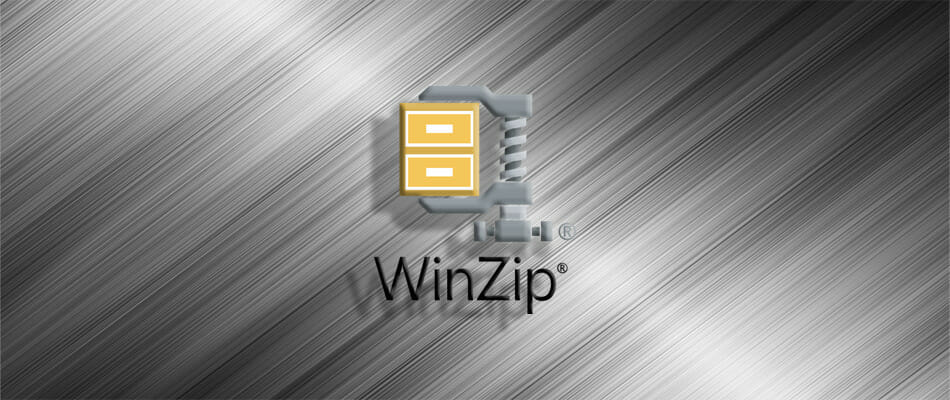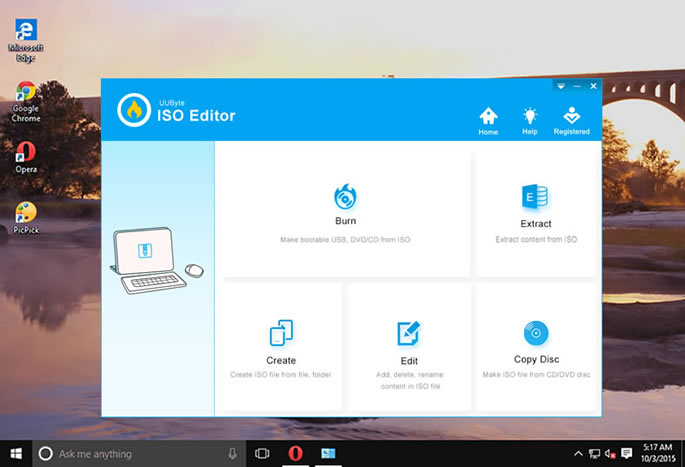- Products ▼
- For Windows
- Android Manager for Win
- Android Data Recovery
- Phone Transfer for Win
- Android Root Pro
- For Mac
- Android Manager for Mac
- Android Data Recovery Mac
- Phone Transfer for Mac
- More >>>
- MacOS X was Apple's replacement for their classic MacOS.MacOS X is based on NeXTSTEP, a Unix-based OS. The first consumer release also featured a new user interface appearance called 'Aqua'.
- This version of Mac OS X is for PowerPC ONLY. X86 emulators like VirtualBox, VMWare or Virtual PC will not work. Use real PowerPC Mac hardware, PearPC or QEMU PPC to emulate this. MacOS X 10.3, code named 'Panther', adds features such as Expose, fast user switching, and the Safari web browser.
- Either Windows or Mac OS X will work. If you're using a Windows computer, it needs to have a DVD/Bluray burner (just about every DVD/Bluray drive nowadays can act as a burner, too). A Hackintosh-compatible computer with 10 GB+ of free space: This is the computer where you will install OS X Mountain Lion. It can be the same computer as the one.
In this post, we’ll provide download macOS Catalina ISO for VMware & VirtualBox. We enough talked about macOS Catalina 10.15 finally macOS Catalina is out. With is incredible features and now available on Mac App Store. As facing huge issues on the new operating system, after the passage of time finally, all issues bugs fixed.
Burning ISO to USB on Mac is not an easy task if you don't have access to the right tools. Some of the tools are discoutinued and some of them you found are quite complicated to use such as Terminal. In addition, the burning tool that worked well previously might be not supported by latest macOS such as Mojave or High Serria.
So what's the recommend way to burn ISO image to USB on latest Mac computer? We list 4 ISO to USB burner software for Mac in this article. You can try them out and choose one that works best in your case.

Part 1: How to Burn ISO to USB on Mac via Terminal
Terminal is the default command line interface for macOS and the older Mac OS X operating systems. It can be used for a lot of things, including issuing commands to create a bootable USB on Mac. However, remember that since ISO is not native to Apple products, you could face some issues when employing this process. Follow the steps outlined below to burn ISO to USB on Mac using Terminal commands:
Step 1: Insert a USB flash drive into your Mac and open Terminal by going to Applications >>Utilities >>Terminal. Enter the following command and then hit Enter: diskutil list
Step 2: This will list out all your drives so you can find the correct identifier for your USB stick. Note it down. Now unmount the drive by typing in the following command and then Enter:
sudo umount /dev/driveidentifier (replace driveidentifier with the name you noted down in the previous step.)
Step 3: You will need to enter the admin password when prompted. To burn the ISO to the USB, use the command below followed by Enter:

dd if=/path/to/image.iso of=/dev/driveidentifier (replace driveidentifier with the name you noted down.)
Step 4: The dd burn function can be used to burn an ISO file to any disk or drive specified. The command above will burn it to your USB drive.
Cons:
- Risky to format local hard drive for wrong commands.
- No progress bar showing during the burning the task.
- Lower success rate for creating bootable USB.
Part 2: How to Burn Windows ISO to USB on Mac via ISO Burner
The second tool recommended in this post is called ISO Burner, a robust ISO toolkit that will allow you to create, extract, edit, copy and burn ISO files on both Windows and Mac platforms. The Mac edition supports a wide range of macOS and Mac OS X versions, and the best part is that even novice users will find it very comfortable to use. There are no confusing settings to worry about, and the burn rate is 100%. That means no wasted time trying to do the job over and over again until it's done correctly.
ISO Burner is made up of several modules, but the one we'll be using for this example is the Burn option. Using this, you can quickly burn an ISO file to USB to create bootable media on your drive. This can then be used for software installations, system repairs and so on.
Step 1 Download and Install ISO Burner Mac Edition

Download ISO Burner for Mac and install it on your computer. Launch the program and click on the 'Burn' module on the home screen.
Iso Mac Os For Pc Iso
Step 2 Add USB Drive to Mac

Insert the USB drive into an available, active port and it will automatically be detected and displayed on the software interface.
Step 3 Start Burning ISO File to USB
Now all you need to do is select the ISO file and click on the 'Burn' button. You can leave all default settings as they are.
There's really no simpler way to do this on a Mac. No special skills are needed, and the whole process can be executed in a matter of minutes once you download and install the ISO Burner for Mac application.
Part 3: Burn Ubuntu Linux ISO to USB on Mac via UNetbootin
The scope of this utility is limited because you can only use it for Linux distributions like Ubuntu. The advantage is that it gives you direct access to out-of-the-box distributions as well as the choice to upload your own linux.iso file. It is an open source application, and you can download the Mac DMG file from this location. Once you install the utility on your Mac, follow the steps outlined below to create your bootable USB drive:

Step 1: Select the appropriate Linux distribution from the dropdown menu in the Distribution section at the top of the software interface. As mentioned, you can also provide your own ISO file by selecting the Diskimage radio button and choosing the ISO file using the ellipsis button (...).
Step 2: Next, specify your target drive, which is your USB flash drive, and click on 'OK' to create the bootable USB drive.
Cons:
Free Mac Os For Windows
- Only for burning Linux ISO to USB .
- Need extra time to download ISO image .
- Not able to burn normal ISO files .
Part 4: How to Burn ISO to Bootable USB via Virtualbox
Virtual machine has been a leading force in cloud and desktop computing field since 2009. You can install multiple OS on a single host. Let say, you can install and use Windows applications on Mac with the help of virtual machine technoly. So if none of the suggested methods worked, then this is the one that will 100% work.
They are multiple options for virtual technoly but in here we will use the free one called Virtualbox, owned by database giant Oracle.
Step 1: Download and install Virtualbox client on Mac.
Step 2: Create a Winodws guest OS and load Windows ISO to the machine.
Step 3: Leave the settings in default such as disk volume, CPU cores and memory if you were not familiar with it.
Step 4: Follow the screen instructions to complete the creation process. Once it is done, boot up the Windows OS.
Step 5: Now in Windows, download an ISO burning tool and insert an USB drive. Finally, burn the ISO image to USB.
Cons:
- Extremely time consuming.
- High level computer knowledge is required.
- Slow down Mac performance.
Wrap up
We have outlined the most effective way to burn ISO file to USB on Mac platforms. And they are tested by 10+ Mac laptop and desktops without running into any issue. However,each method is applied to certain scenario. Please read each part carefully and choose the best one to create a bootable USB on Mac.
Related Articles
- Windows 10 Password Crack | Remove Windows Admin Password | Change Windows Password | Bootable Windows USB | ISO to USB Tool | Create Windows Reset Disk | Burn ISO to CD | Create Windows Reset Disk | More>>>
Bootable Mac Os Iso Download
Apple announced the release of macOS 10.14 Beta 1. One of the outstanding features of macOS Mojave is the Night Mode (Dark Mode) feature. This version also outperforms the macOS High Sierra 10.13.5.
How to Get macOS Mojave ISO
Apple has now released a beta 1 version of Mojave for developers. One of Mojave’s innovations is the completely redesigned Mac App Store. The new App Store app provides users with easier use and access.
To learn more about Apple macOS Mojave innovations, visit this address.
Although Mac OS Mojave beta is released, many users have updated their systems. If you want to update your system to macOS 10.14, we recommend that you first back up your macOS computer for errors that may occur.
In this article, we have prepared the ISO file for installing the Mojave operating system using VMware Workstation, Oracle VM VirtualBox, VMware Fusion, or ESXi virtualization programs.
Once you have installed the macOS 10.14 installation image file on a virtual machine, you can start the installation immediately. If you want to download and install macOS Beta on your iMac or MacBook computer, you must have an Apple Developer account. After creating an Apple Developer account, you can download and install this update on your computer by downloading the macOS Developer Beta Access Utility.
In our previous articles, we have shared with you the macOS High Sierra operating system ISO files. If you want to install macOS 10.13.5, check out our macOS High Sierra Installation article.
Download macOS Mojave Image File for VirtualBox, ESXi, and VMware
You can use this ISO file with virtualization programs such as VirtualBox, VMware Workstation. We have tested this ISO file, and it works fine. You will also get ISO Corrupted Error if you try to open it on the Windows operating system after downloading the installation image to your computer.
The macOS ISO file will not open on Windows! Just create a new virtual machine for macOS and add the ISO file to the virtual machine and then start the installation!
Click the button below to get macOS Mojave 10.14 ISO file to your computer.
Update (July 26, 2018): macOS High Sierra 10.13.6 Released!
Update (July 29, 2019)
Apple introduced macOS 10.14.6 for developers. If you have already installed macOS Mojave, open the Mac App Store and download and install this version from Updates.
Mac OS Mojave Installation with VMware
To install macOS 10.14 on a virtual machine using VMware virtualization program, click on the image below to browse our article.
Mac OS Mojave Installation with VMware vSphere Hypervisor ESXi
After downloading the image file, click on the image below to download Mojave on VMware ESXi.
Final Word
In this article, we have prepared and shared the macOS 10.14 image file for you to use macOS on virtual machines. In our next posts, we will post articles about the macOS Mojave installation. Thanks for following us!
Related Articles
♦ VMware Unlocker
♦ How to Install VMware Fusion on macOS
♦ How to Install VMware Tools on macOS
♦ Download VMware Tools for macO
♦ How to Run Windows Apps on macOS
